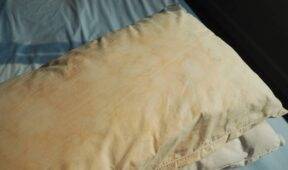The Main Differences Between a Pin Nailer and a Brad Nailer
In the world of woodworking and carpentry, precision and the right tools can make all the difference between a project that’s merely good and one that’s truly exceptional. Among the arsenal of tools available to crafters, the pin nailer and brad nailer often spark a debate on their utility and superiority.
These tools may appear similar at first glance, both designed for delicate nailing tasks where standard nail guns would be too powerful and cumbersome. However, understanding the nuanced differences between a pin nailer and a brad nailer can empower both DIY enthusiasts and professional carpenters to choose the right tool for their specific projects.
Key Features of a Pin Nailer
Pin nailers are designed for precision and minimal impact on the work surface. They use headless pins, typically ranging from 23-gauge to 23/32-gauge, which are almost invisible to the naked eye once driven into the material
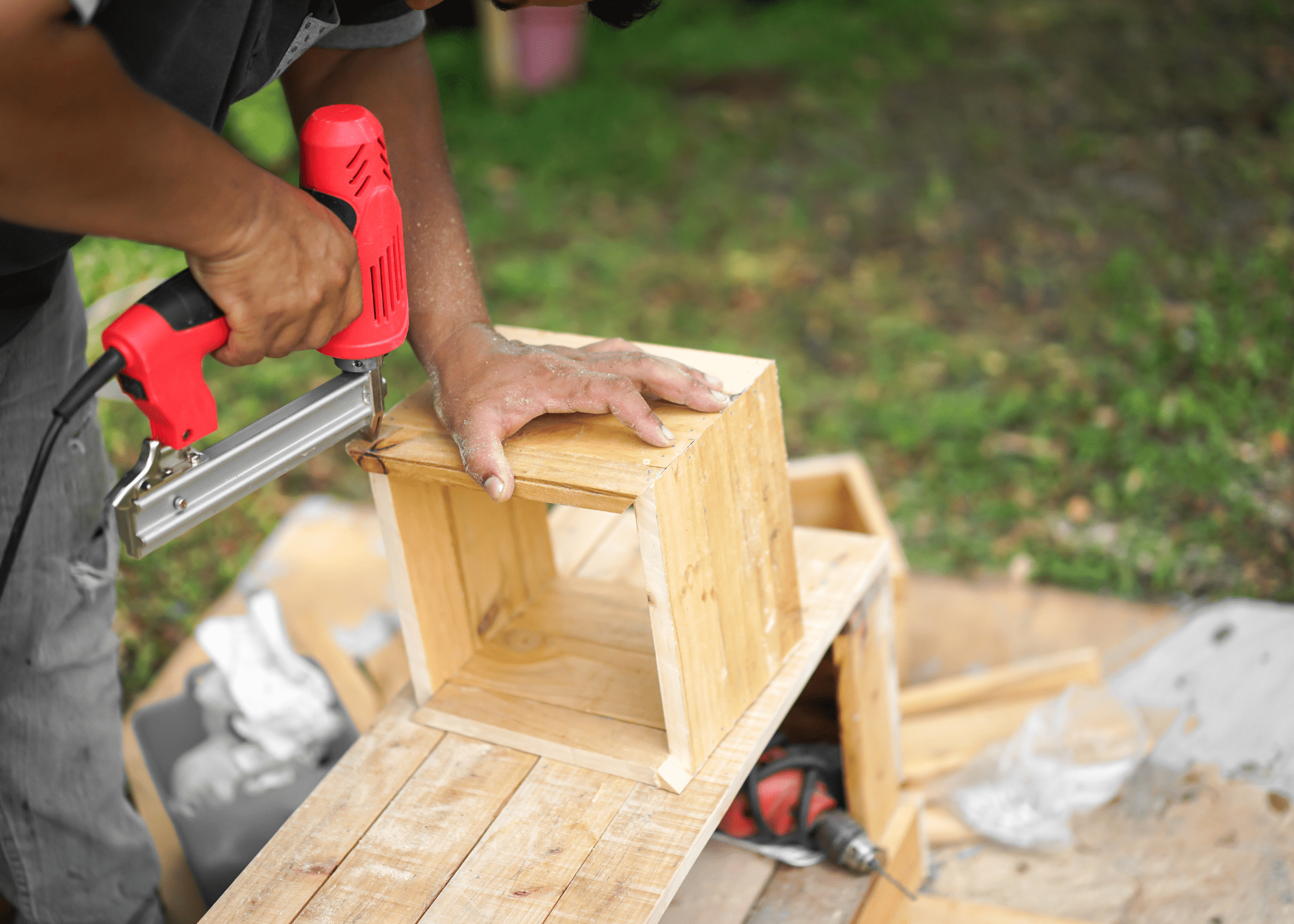
This makes them ideal for delicate trim work where you want to avoid splitting or visible nail heads that might mar the appearance of the finished project. The slight pins allow craftsmen to secure materials without the need for wood putty to conceal nail heads, providing a cleaner, more professional finish.
The pin nailer’s design prioritizes precision and ease of use. These tools are generally lighter and more maneuverable than brad nailers, which enhances user comfort during extended use and allows for precise placement in tight spaces.

The absence of a striking mechanism means the tool operates quietly, further adding to its suitability for fine detail work in environments where noise is a concern. Perfect for attaching lightweight trim and moldings, pin nailers offer an effective solution for intricate woodworking projects where aesthetics are key.
Key Features of a Brad Nailer
When considering the use of a brad nailer, it’s important to recognize the distinct characteristics that make it suitable for specific tasks. Brad nailers are designed to handle 18-gauge nails, which are less likely to split delicate trim pieces.

This makes them ideal for finishing work, such as attaching trim or molding, where a smaller nail hole is desirable, and the workpiece might be prone to damage with larger nails. These tools are often appreciated for their precision and the clean look they provide, as the tiny holes can easily be filled and hidden in the final product.

In contrast to the pin nailer, brad nailers offer a bit more holding power, making them more versatile for a wider range of materials and project sizes. They come equipped with various features, such as adjustable depth settings, which allow the user to control how deep the nail is driven into the material. This is particularly useful when working with materials of varying thicknesses or when needing to ensure a flush finish without extra manual effort. Many models include a non-marring tip to prevent damage to the work surface, enhancing the tool’s suitability for fine finish work.
Ideal Uses for a Pin Nailer
Pin nailers are invaluable for delicate woodworking projects where the appearance of the final product is paramount. They use headless pins, which leave a nearly invisible hole after nailing. This makes them perfect for tasks such as attaching lightweight trim pieces, assembling small custom furniture, or securing decorative moldings where you want the focus to be on the craftsmanship, not the nail heads.
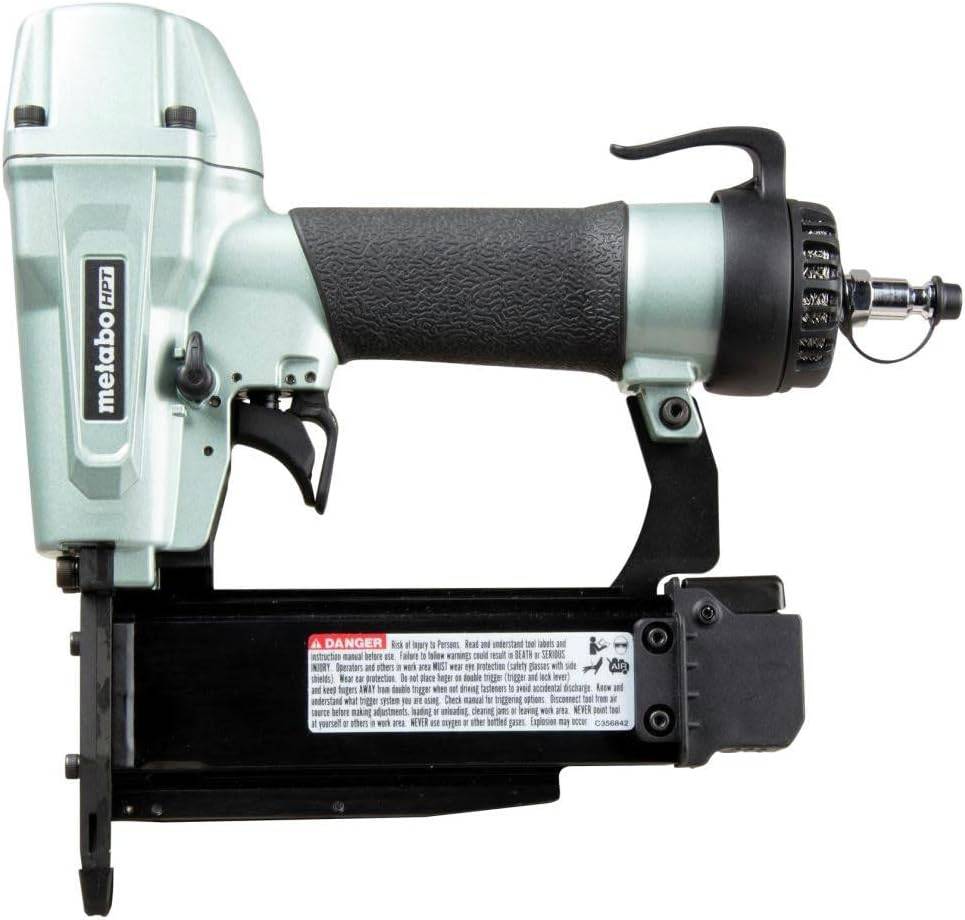
The tool’s ability to neatly pin materials together without extra puttying or sanding to conceal nail holes streamlines the finishing process, enhancing productivity and the aesthetic appeal of the woodwork. Whether you’re a hobbyist working on a scale model or a professional finishing up cabinetry, the pin nailer is your go-to tool for that flawless finish.
Ideal Uses for a Brad Nailer
When considering the right tool for delicate trim work, the brad nailer often stands out for its suitability. Unlike its cousin, the pin nailer, the brad nailer is capable of handling slightly larger 18-gauge nails, which are still fine enough to minimize splitting in trim wood yet offer more holding strength than pin nails. This makes brad nailers perfect for attaching lightweight trim pieces where a stronger bond is necessary, but the aesthetic appearance still matters significantly.
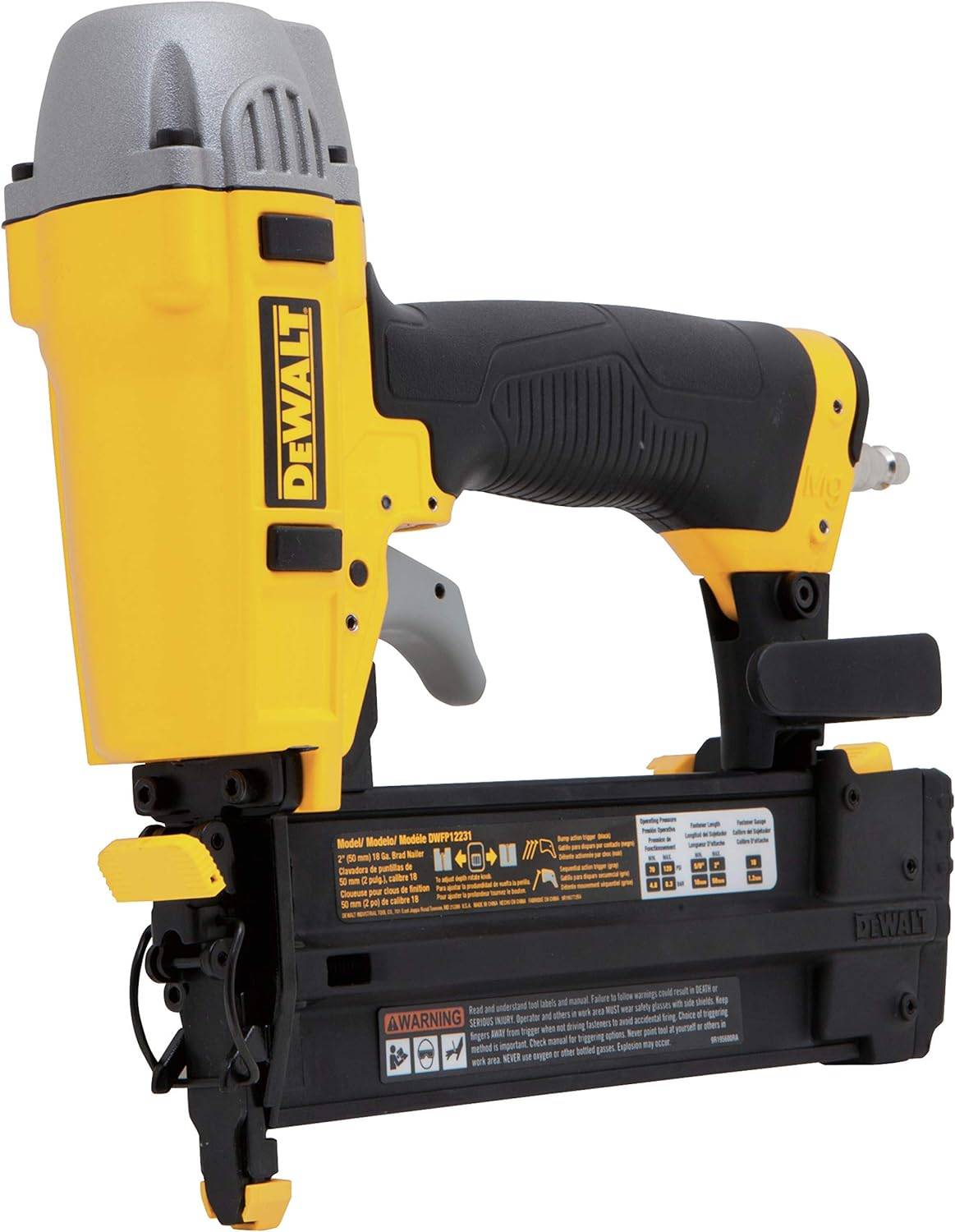
Brad nailers are versatile tools in woodworking projects, ideal for tasks that require a bit more hold than what a pin nailer can provide but without the bulkiness of finish nails. They’re excellent for crafting custom furniture or cabinetry where the nails need to be discreet yet secure.
The ability of the brad nailer to drive nails through a variety of softwoods and some hardwoods without causing damage makes it invaluable for intricate moldings, panel installations, and crafting projects where precision is key. Whether you’re a professional carpenter or a DIY enthusiast, understanding when to use a brad nailer can make a difference in your project’s final look and durability.
Tips for Choosing Between a Pin Nailer and a Brad Nailer
Your choice between a pin nailer vs. a brad nailer should reflect the balance you need between holding strength and finish quality. If your work mostly involves detailed, delicate trims that could be damaged by larger nails, a pin nailer might be your best bet.
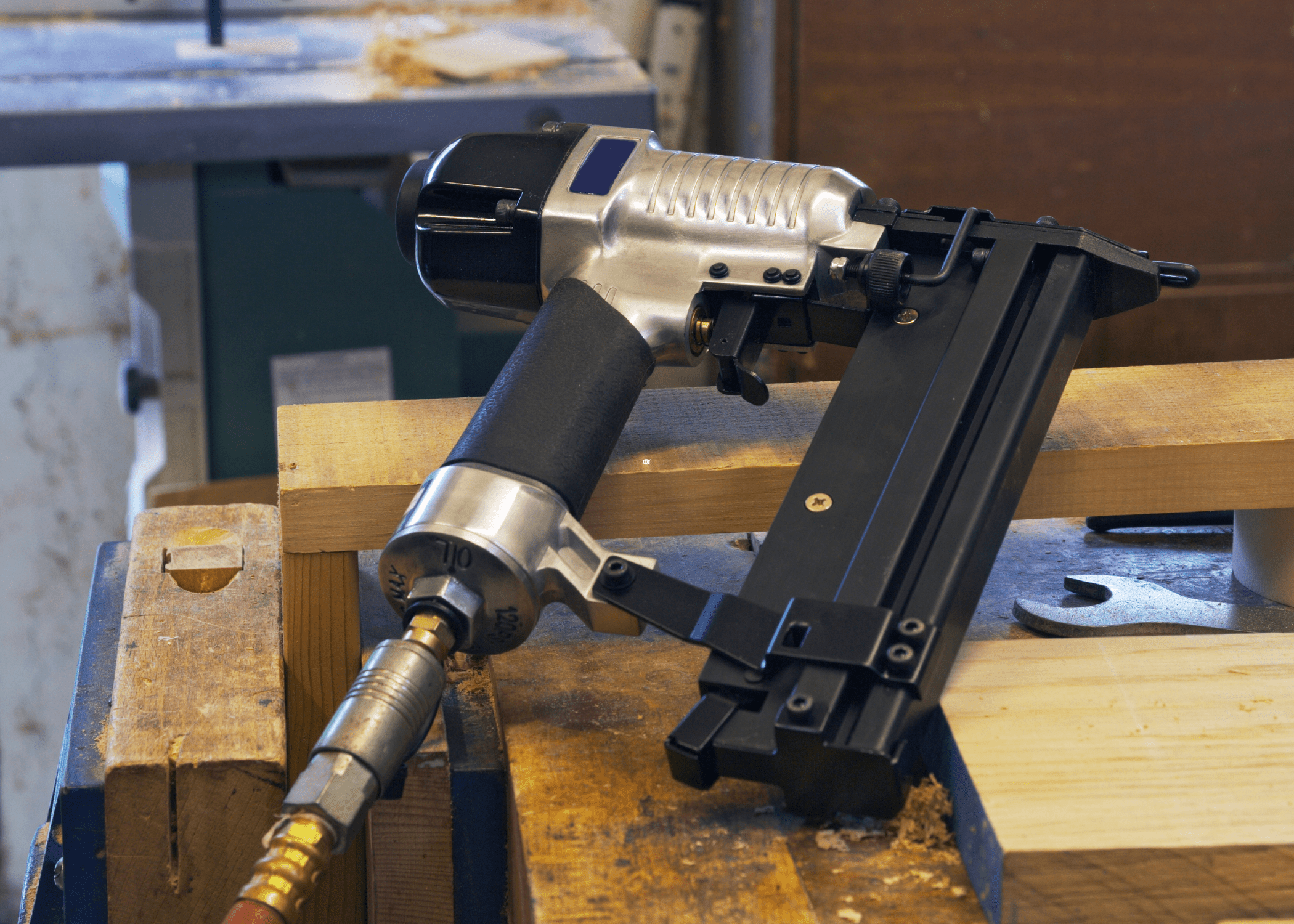
Conversely, for more robust applications where the nails might need to support more weight or withstand more handling, a brad nailer could be the more appropriate tool. Always consider the thickness and type of material you’ll be working with to ensure the nails you choose won’t cause damage or be insufficient for the task.









